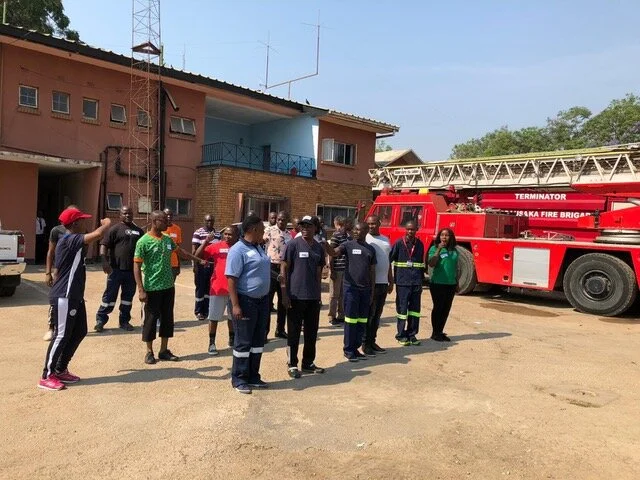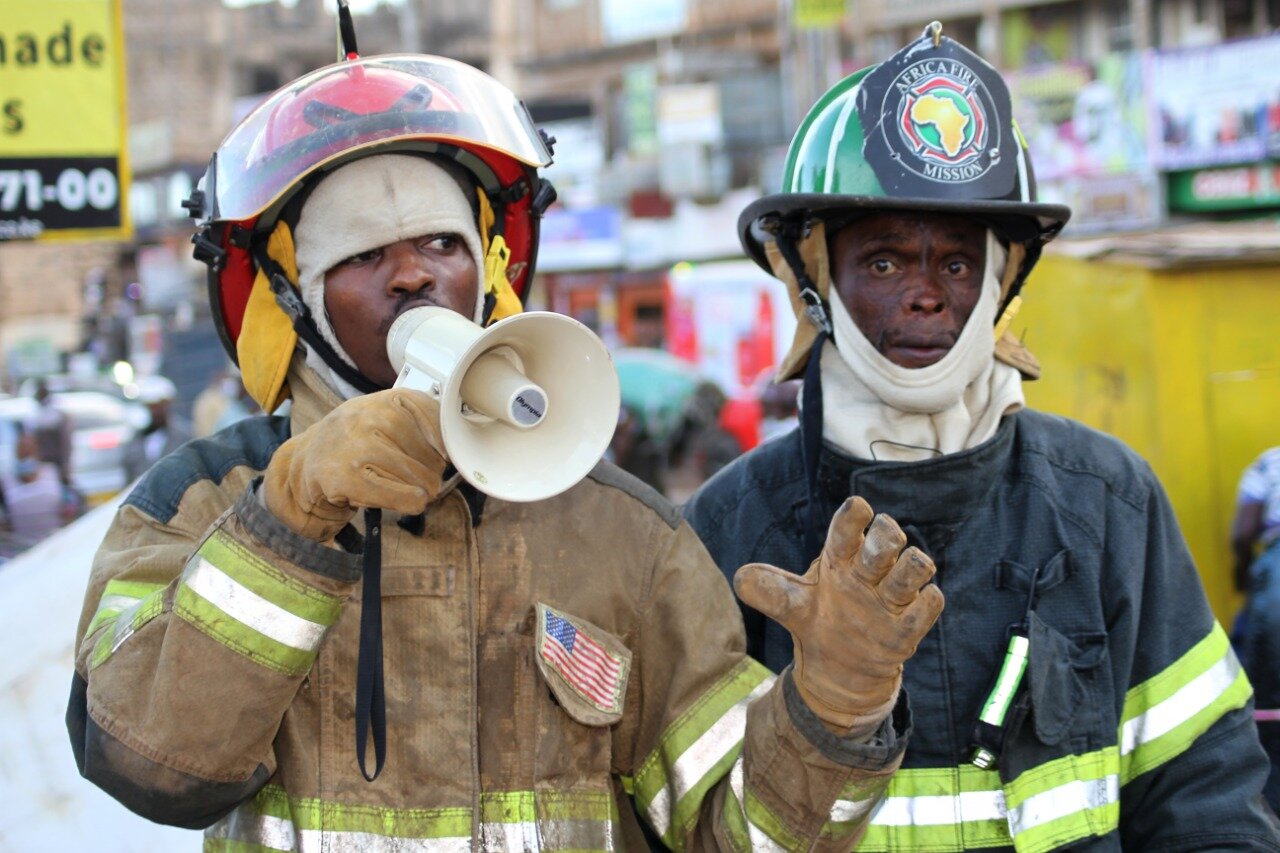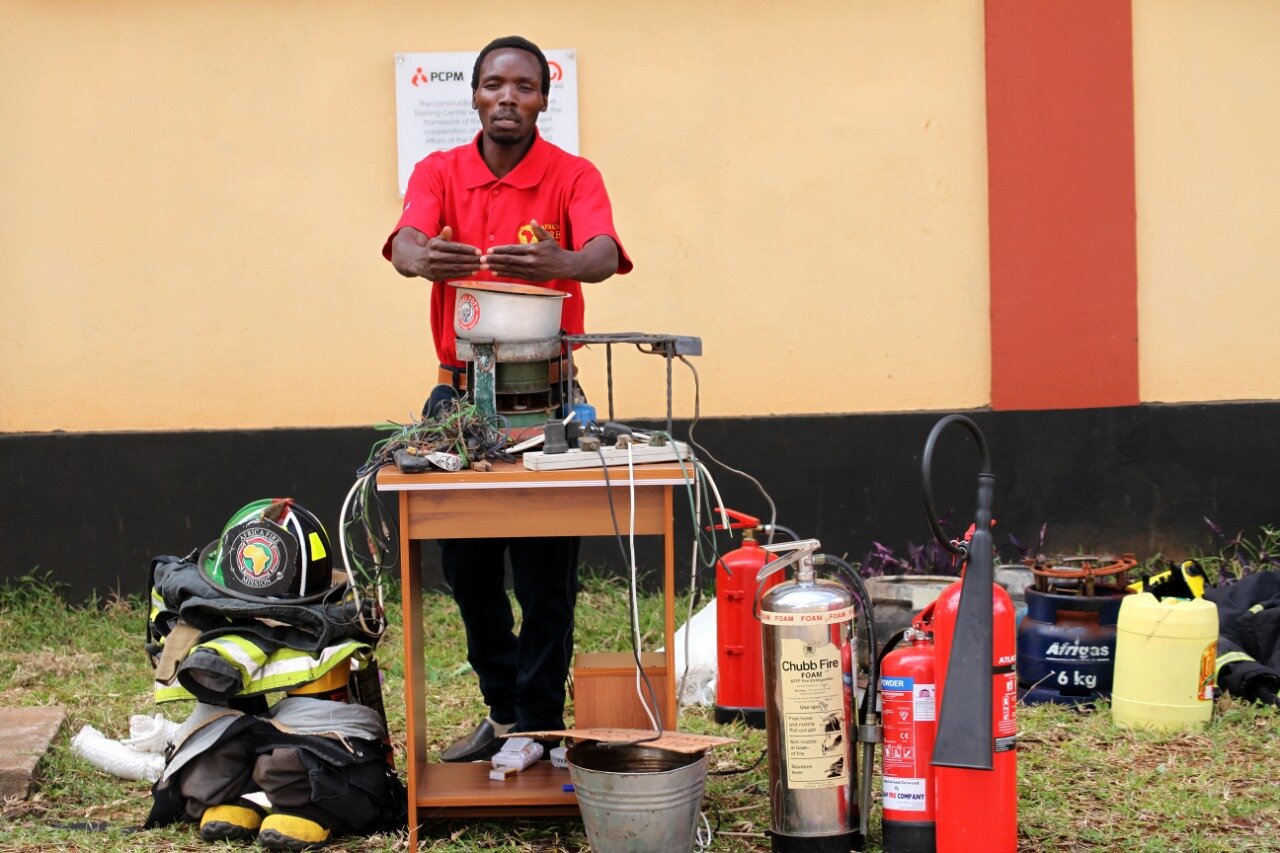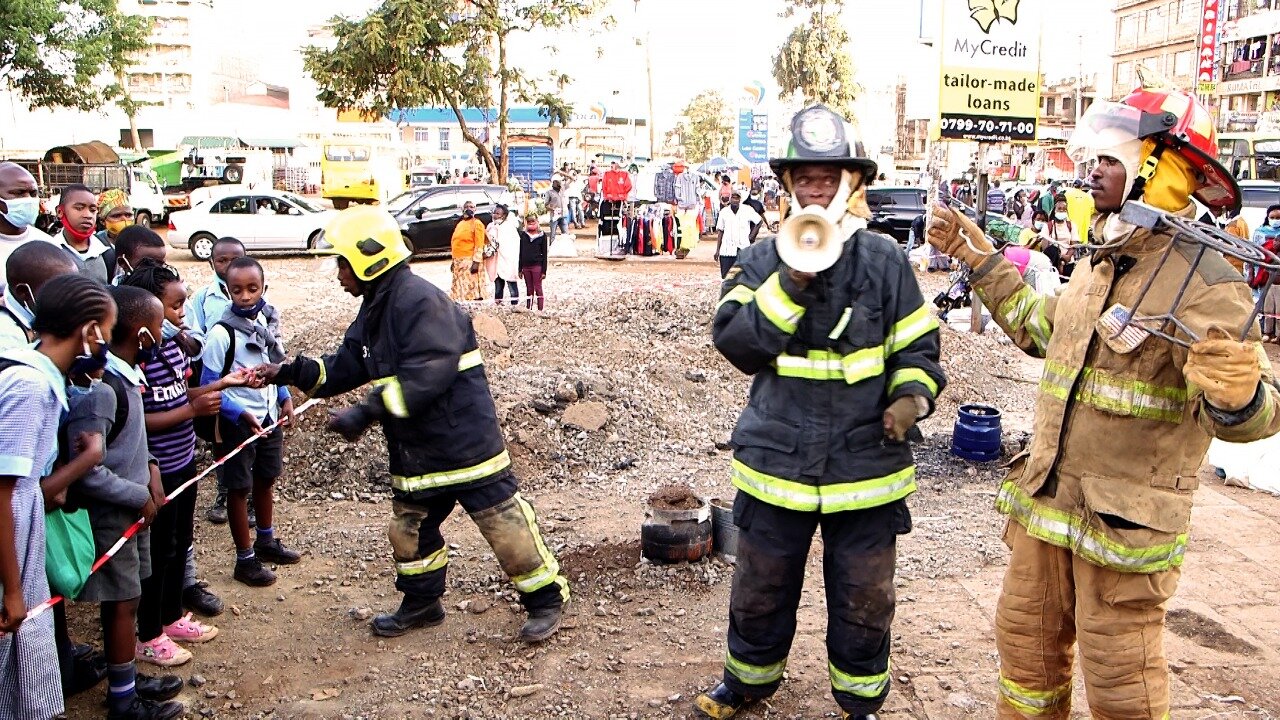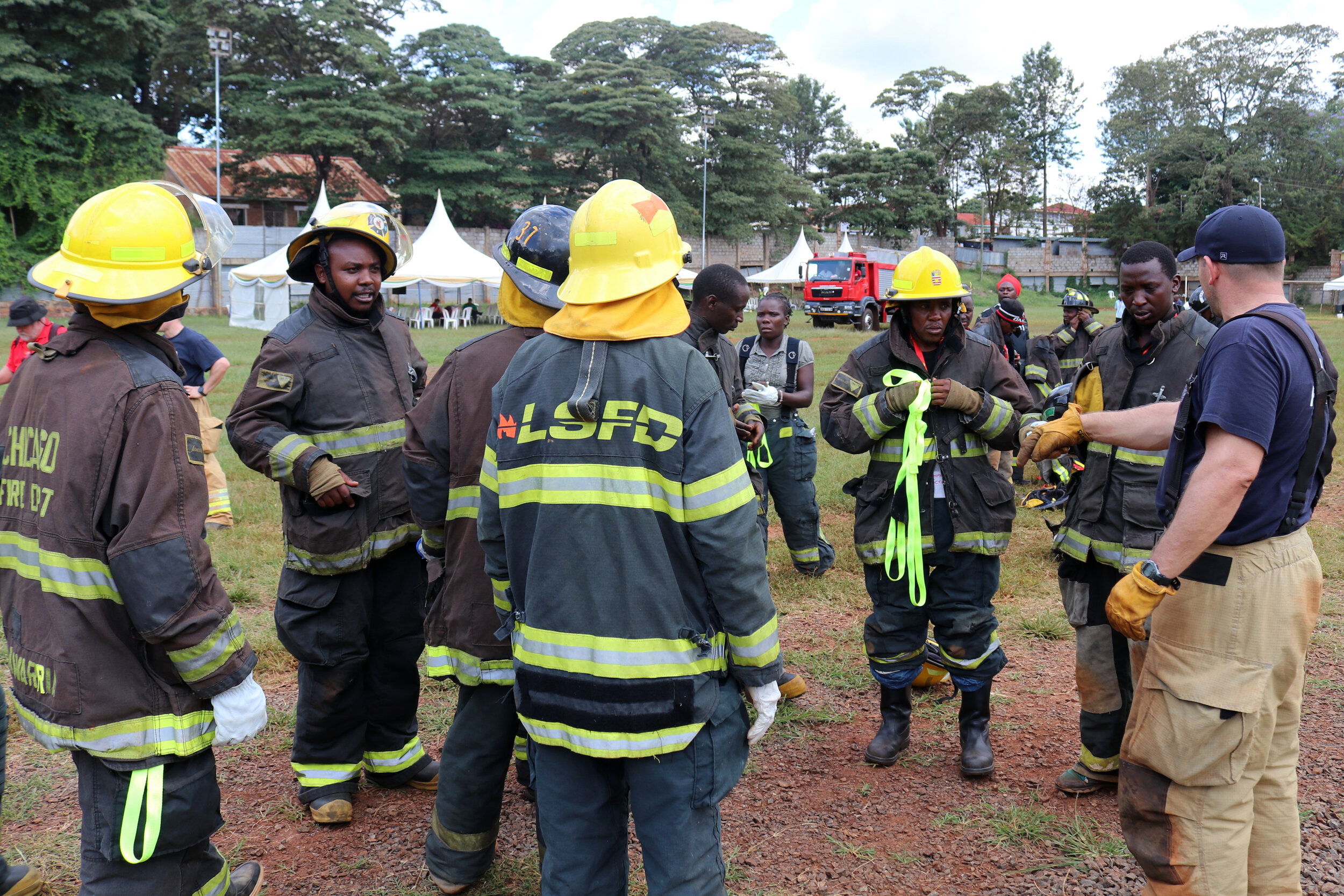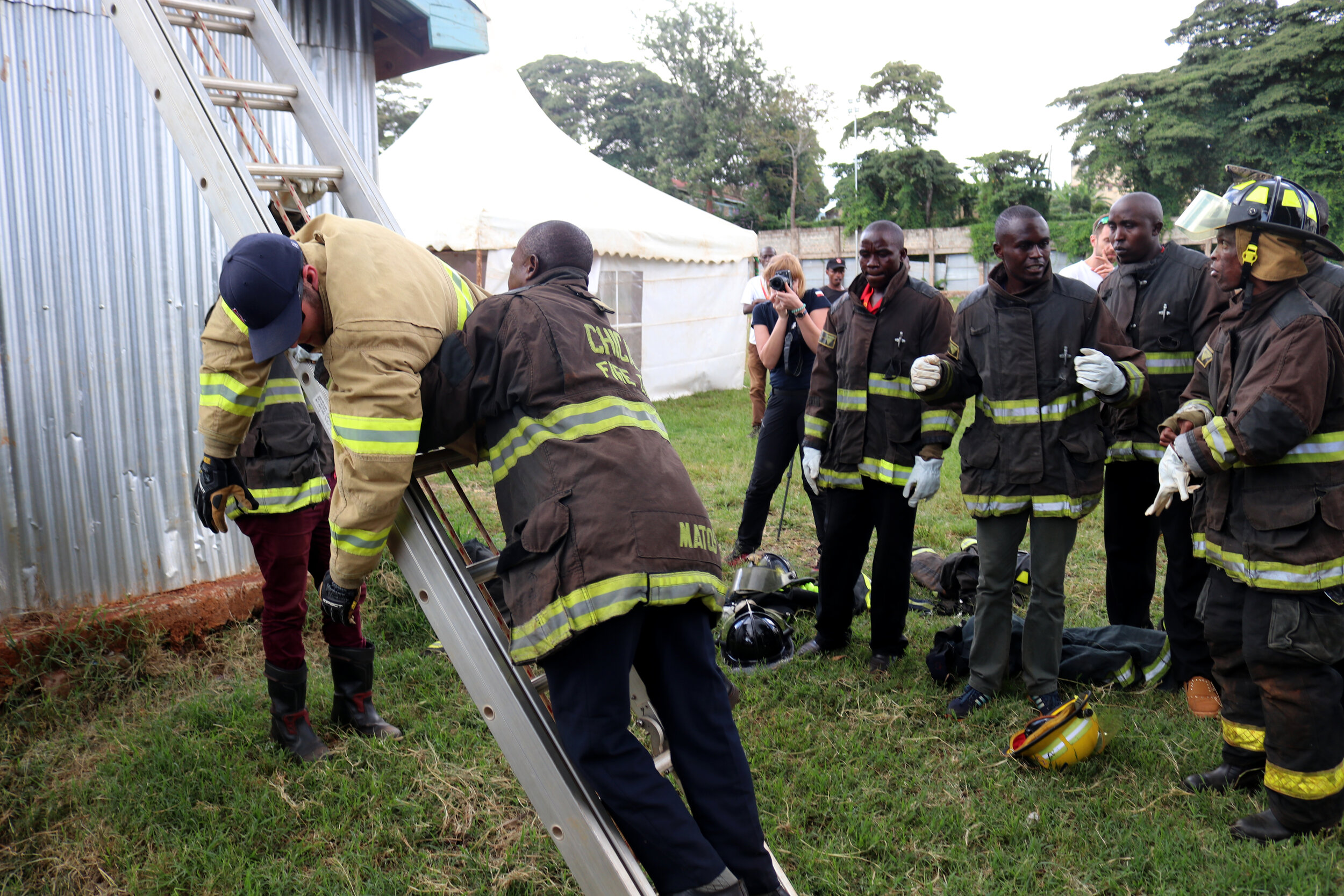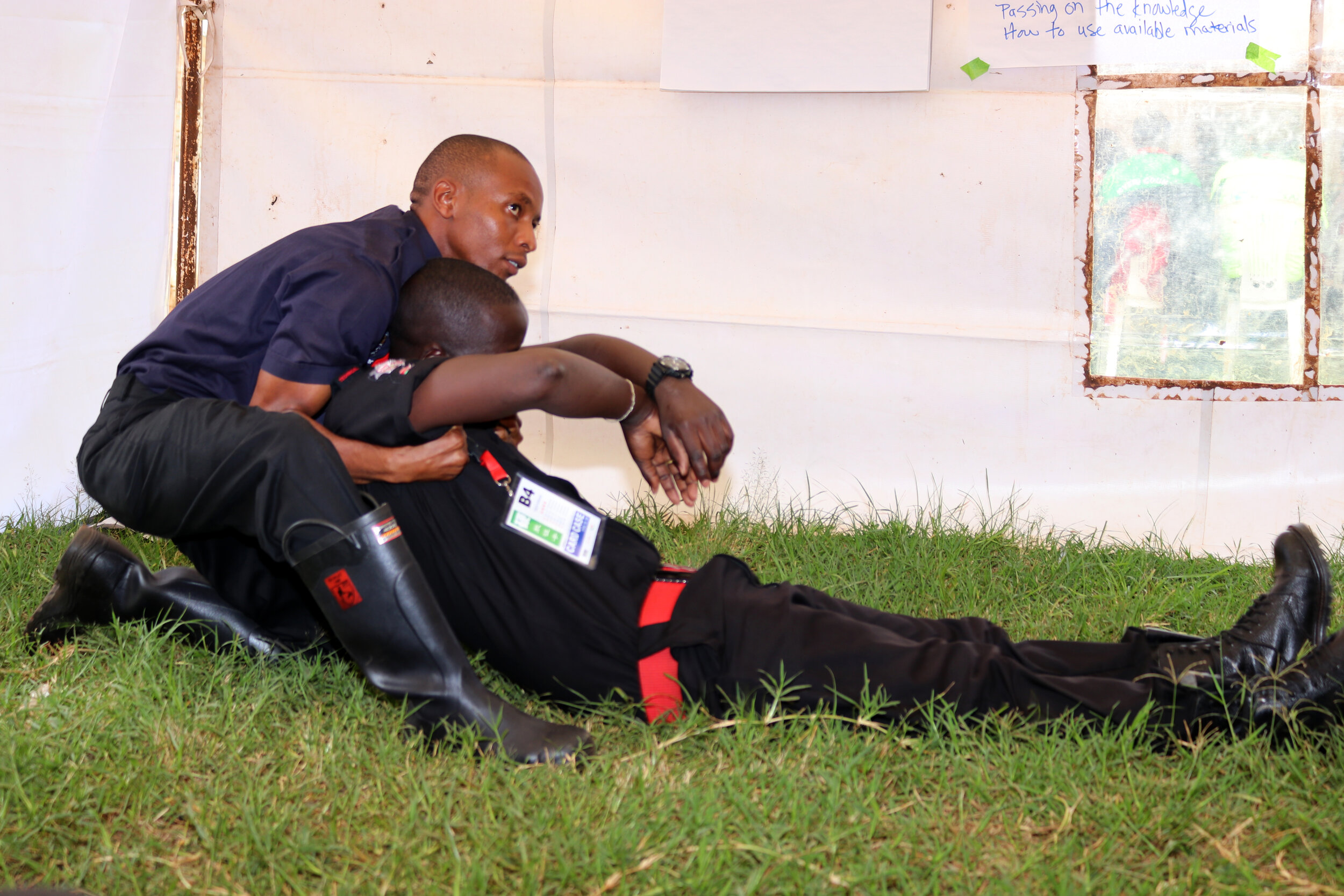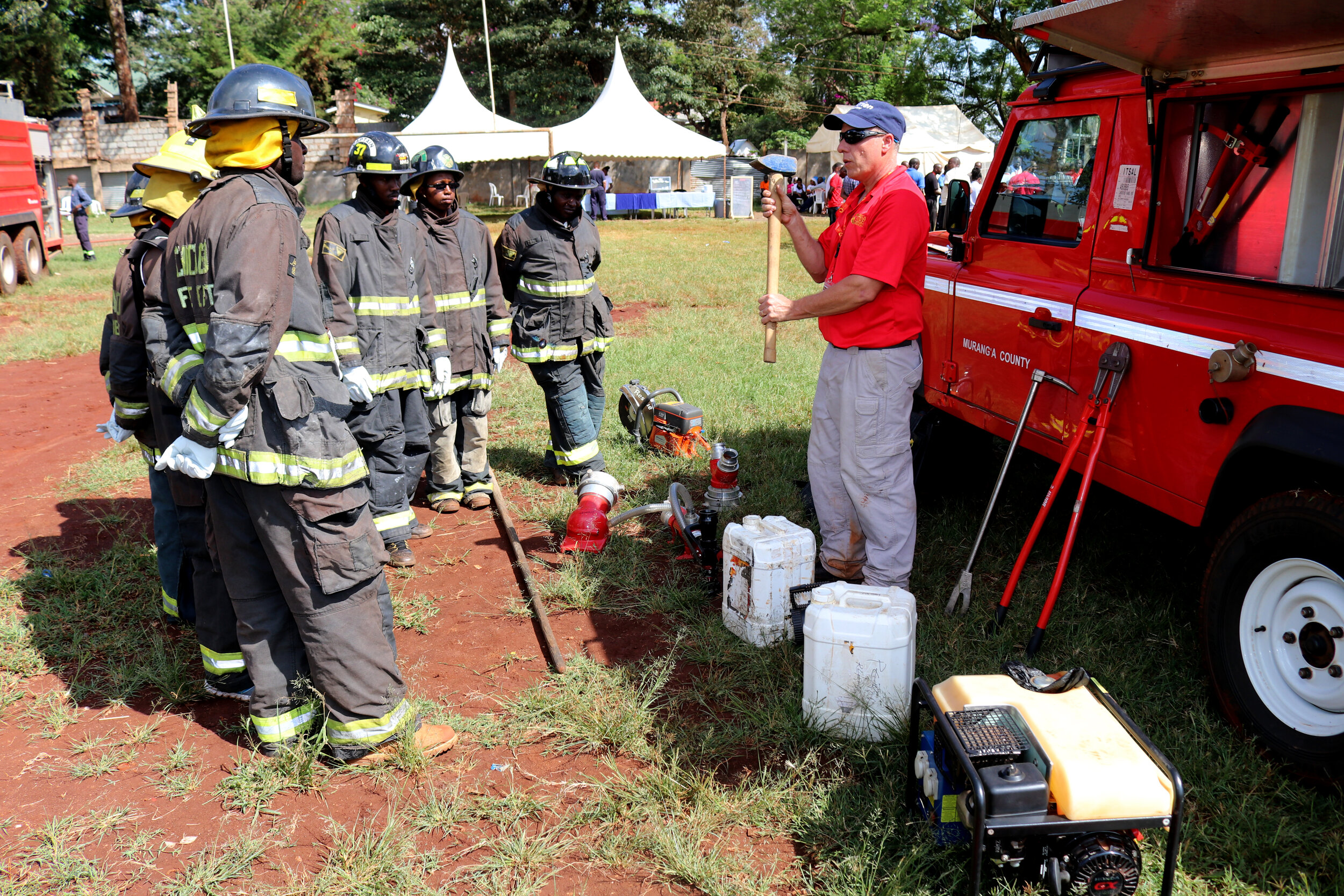by: Brad Banz- Retired Fire Chief, Colwich Fire Dept., Retired Captain Wichita Fire Dept.
Greetings! I pray that everyone is doing ok right now. I would like to share some ideas on what first responders should be doing around their workplaces to keep themselves safer from COVID-19. Although things are starting to relax in some areas, this doesn’t mean we can let down our guard, as the virus has not suddenly left and will continue to be a part of our lives for some time to come. Many first responders live with each for an extended period of time, especially firefighters. That’s why it’s so important that we do what we can to keep from sharing COVID-19 if one of us is unfortunate enough to contract it. Some of the things I’m about to share may seem basic - and I am sure many of you are already following many of the ideas. The purpose of this article is to stimulate thinking and help you as responders to come up with some new ideas if you haven’t thought of them. Please feel free to share other ideas in your response as well.
Probably one of the easiest things we can do is handwashing. Everyone should wash their hands thoroughly with soap and water for at least 20 seconds. Don’t use the same bar of soap and don’t share the same towel to dry with. Because first responders make frequent contact with the public, they should also wash their hands after contacting the public. If possible, keep hand sanitizer on your vehicles.
Next, lets discuss habits in our quarters. The first item I would like to discuss is social distancing. This may be the hardest for firefighters to comply with, because most firefighters love to interact socially. We need to take steps to minimize the number of firefighters in each space so as to comply with social distancing requirements. The solution to this would be to move activities to a larger area, outdoors perhaps. Keeping our quarters clean and sanitary should also be important – washing bedding and towels frequently. Take the time to clean and sanitize areas, especially surfaces with a disinfectant solution at least once a day, and preferably more. This should occur in the bedrooms, toilet facilities, showers, kitchen, common areas and officer. Finally, keep contaminated PPE away from common crew areas such as sleeping and eating areas and decontaminate it as soon as possible after responding to a medical emergency.
Although we are public servants and need to make ourselves accessible to the public, in these times we also have to be careful to protect ourselves, while still providing some type of public access. We must make it clear to the public that any visits to a fire brigade/fire department facility must be for business or emergency purposes only. The members of the public who are visiting must be required to wear a mask or be issued one upon entering. Only a limited number of visitors should be allowed into the facility, and then only to a restricted area.
Finally, training is one of the most important things that firefighters do. Reading these posts may be a part of your training. Sometimes our hands on training requires us to do things that put us into situations that break social distancing guidelines. Station officers and chiefs, we know how important it is to have good, comprehensive training for your crews. Right now, however, please try to plan your training so that your firefighters are doing activities which won’t compromise their health. There are still plenty of drills which can be conducted that don’t require your firefighters to be in close proximity to one another.
To summarize, we started off by discussing a basic but simple concept: handwashing. Next we talked about some things we could do in our quarters to help keep them cleaner. Restricting public access is important, and finally we wrapped up by making suggestions for changing training requirements. As I stated, many of these things may be already implemented by you already. Please feel free to share ideas you have with the group.

